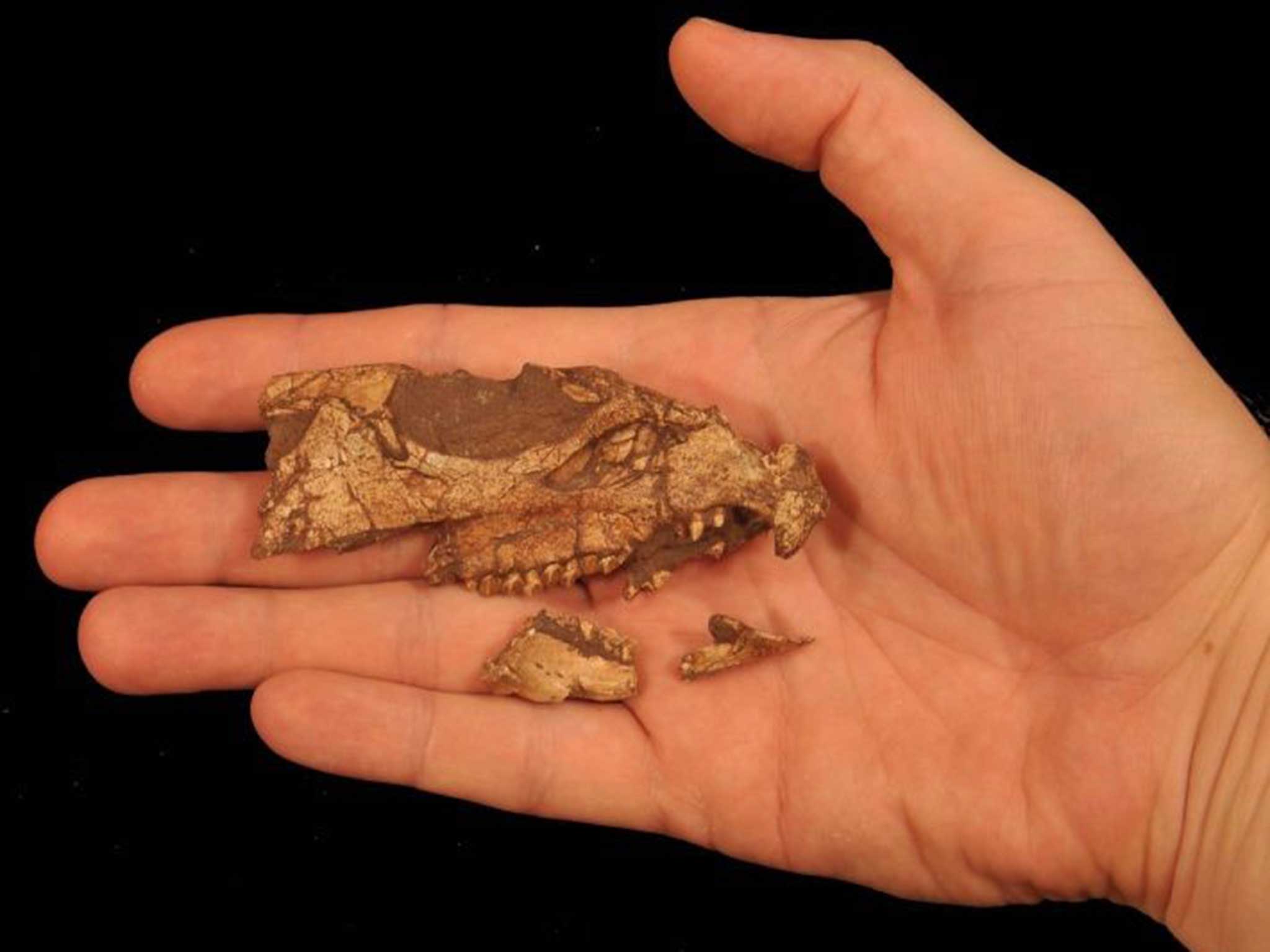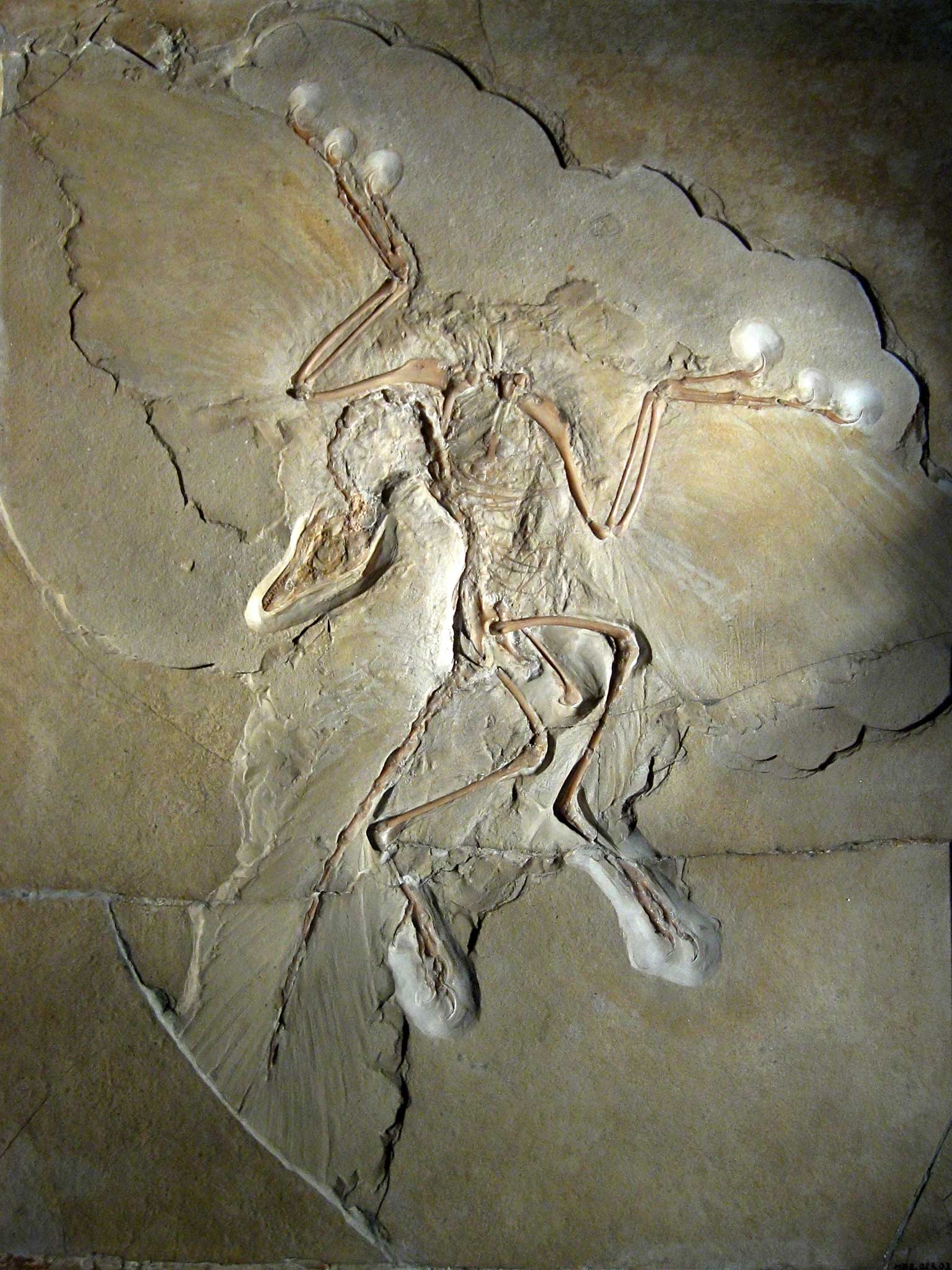Revealed: The secret of how birds evolved from dinosaurs, lost their teeth and learned to sing
Major study of the “avian tree of life” using full DNA sequencing of 45 bird species reveals their history

Your support helps us to tell the story
From reproductive rights to climate change to Big Tech, The Independent is on the ground when the story is developing. Whether it's investigating the financials of Elon Musk's pro-Trump PAC or producing our latest documentary, 'The A Word', which shines a light on the American women fighting for reproductive rights, we know how important it is to parse out the facts from the messaging.
At such a critical moment in US history, we need reporters on the ground. Your donation allows us to keep sending journalists to speak to both sides of the story.
The Independent is trusted by Americans across the entire political spectrum. And unlike many other quality news outlets, we choose not to lock Americans out of our reporting and analysis with paywalls. We believe quality journalism should be available to everyone, paid for by those who can afford it.
Your support makes all the difference.Scientists have discovered when hens lost their teeth, why penguins have a thick skin, how the peacock got its tail and what links the song of the nightingale with the human voice.
The answer to all these avian mysteries lies in the genetic code of 48 species of birds which have been analysed in detail by an international team of researchers from 20 countries who have now compiled an “avian tree of life”.
It has taken four years and scores of researchers to sequence the genomes of four dozen bird species drawn from the major avian families to tease out the similarities and differences that distinguish this most diverse class of vertebrate animals.
All birds today can be traced back to a group of feathered dinosaurs that survived the mass extinction of their giant relatives 65 million years ago to evolve relatively rapidly into a class of egg-laying animals with two legs and feathered wings, the scientists found.
By comparing the DNA sequences of birds ranging from the crow, duck and pigeon to the eagle, ostrich and woodpecker, the researchers discovered that the domestic chicken is the nearest thing we have today to a living dinosaur, with the most primitive chromosome pattern.

Other findings include a set of genes in penguins that appear to be responsible for ensuring that their feathers are short, stiff and densely packed for good thermal insulation, along with another gene responsible for their thick skin – the same gene is linked with human skin disorders.
A key moment in the evolution of birds was the loss of enamelled teeth and the growth of the avian beak. The study found that five tooth-related genes were disabled within a relatively short period early in the evolution of birds about 116m years ago – around 50m years later than Archaeopteryx, which had both bird and reptilian features, including teeth.
“Ever since the discovery of the fossil bird Archaeopteryx in 1861, it has been clear that living birds are descended from toothed ancestors. However, the history of tooth-loss in the ancestry of modern birds has remained elusive for more than 150 years,” said Mark Springer of the University of California.
The 21 different studies, published simultaneously in several scientific journals including Science and Genome Biology, found that the loss of genes during evolution appears to be a major cause of the distinguishing features of bird, such as a lightweight skeleton, highly-efficient lungs, colour vision and brightly coloured feathers – including the fabulous tail of the peacock.
“The loss of these key genes may have a significant effect on the evolution of many distinct phenotypes [traits] of birds,” said Guojie Zhang of the National Genebank in China and the University of Copenhagen, one of the leaders of the research consortium.
“This is an exciting finding, because it is quite different from what people normally think, which is that innovation is normally created by new genetic material, not the loss of it. Sometimes, less is more,” Dr Zhang said.
The analysis of avian DNA also found that the genes used by birds to sing had evolved independently at least twice to carry out the task, and that the same kind of genes are involved in human speech, the scientists said.
“We’ve known for many years that the singing behaviour of birds is similar to speech in humans – not identical, but similar – that that the brain circuitry is similar too,” said Erich Jarvis of Duke University in Durham, North Carolina.
“But we didn’t know whether or not those features were the same because the genes were also the same,” Dr Jarvis said.
“This is an exciting moment. Lots of fundamental questions now can be resolved with more genomic data from a broader sampling. I got into this project because of my interest in birds as a model for vocal learning and speech production in humans, and it has opened up some amazing new vistas on brain evolution,” he said.
Subscribe to Independent Premium to bookmark this article
Want to bookmark your favourite articles and stories to read or reference later? Start your Independent Premium subscription today.
Join our commenting forum
Join thought-provoking conversations, follow other Independent readers and see their replies
Comments